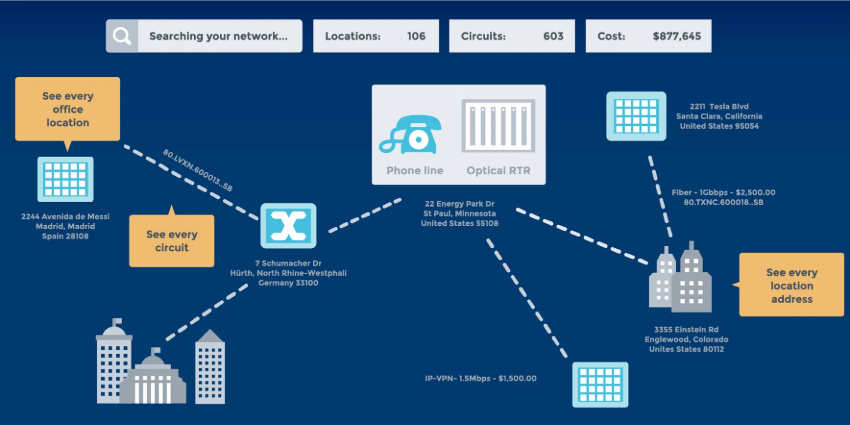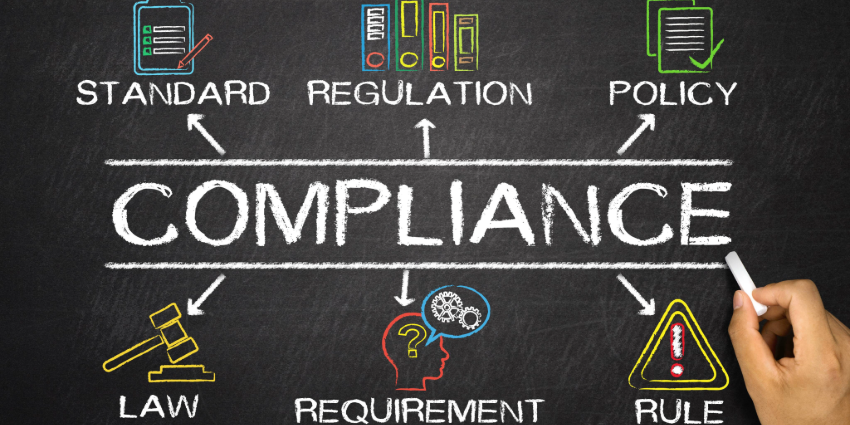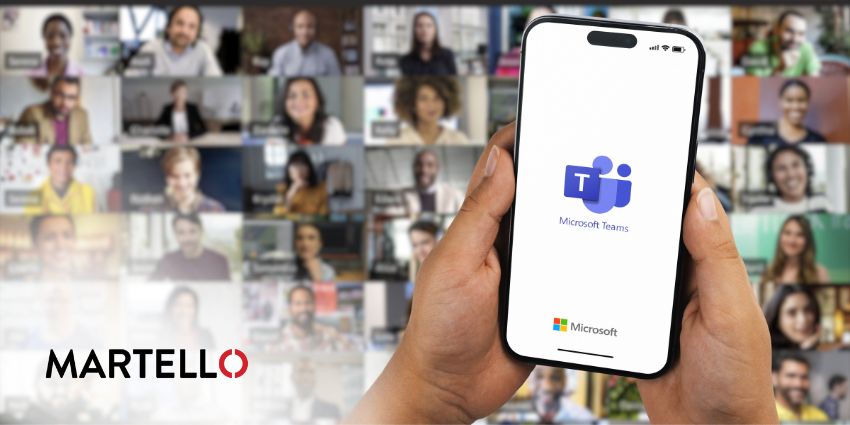In an ever-more saturated industry like unified communications, it’s crucial for companies to find unique ways of engaging their customers through differentiated selling points. As experts in the world of telecommunications, Ericsson-LG Enterprise knows what it takes to get ahead of the marketplace, and we spoke to Ahed Alkhatib, Vice President for Global Sales and Marketing in the company to learn more about how they’ve worked with Pragma to really inspire their UK clients.
Ahed has been in the industry for many years with stints at Lucent/Avaya, Nortel and now Ericsson-LG Enterprise where he has been for the past 12 years in his most current role as VP of Global Sales of the Enterprise Business Division.
Tell Us About Ericsson-LG Enterprise
Alkhatib told me that the company was founded in 1969, which means that the company has taken part in numerous transformations throughout the years.
“We were involved with a number of major first deployments, both in Korea and around the world. From being the first Keyphone in Korea to developing video and multi-media technology, we’ve always been on the cutting edge.”
Ericsson-LG Enterprise is dominant in their home market of Korea and active in 60 markets worldwide with a strong position in the SMB segment in Australia, South Africa, Israel and the UK. “Internationally, we are making good progress driving into the SME and mid-market enterprise however it is the SMB segment where we enjoy most of our success due in large part to our channel focused go-to-market strategy. We conservatively estimate that we have around 10 million global extensions – but it’s hard to provide a solid number with certainty given that we some systems in operation for 20, or 30 years!”
One of the things that sets Ericsson-LG Enterprise apart is the fact that it cultivates strong partnerships with the carriers and technology distributors in the countries where it has its market-leading positioning. For instance, in the UK, the brand has been able to significantly increase market share through their collaboration with Pragma as a distribution partner.
What Makes the Company Special?
According to Alkhatib, one of the most unique features of Ericsson-LG Enterprise is the special relationship they are able to forge with their partners with its foundation based on their go-to-market “channel-based” model. “We really empower and leverage the capabilities of our local channel partners and structured the business model to drive mutual success.
Ahed told me that the company also provides opportunities for partners to voice their feedback on the company’s product strategy and local market information in order to remain competitive.
“We have this mutually respectful relationship, leveraging each other’s strengths based on trust and loyalty which I think makes us unique and increases our chance of success.”
Alkhatib also noted that placing the customer at the centre of decisions related to product strategy is also critical in differentiating the company. As an example, Ahed highlighted that the feature parity of the Ericsson-LG Enterprise cloud solution with the on-premises solutions provides a seamless journey to the cloud for existing customers. “We have also taken into consideration the importance of the value chain in the go-to-market with our products, providing four layers of administrative domains that allow us to wholesale (white label) on a deeper level. It’s allows for a variety of business models that respects the partner experience and value.”
What’s more, Ericsson-LG Enterprise offers a full end-to-end ecosystem. “We own the cloud platform, the endpoints, and the applications. Because we have both the cloud and on-premises solution, we can offer a consistent experience regardless of how our customers want it delivered.”
What’s Your Go-to-Market Strategy for the UK?
The UK marketplace has been a fantastic location for Ericsson-LG Enterprise in recent times. “We’ve seen significant year-on-year growth, particularly since establishing our partnership with Pragma. Right now, our market share is growing both in the legacy on-premises and emerging cloud segments. We’ve got a huge installed base that we’re leveraging, we are recruiting new partners and winning back partners who became inactive in the past.”
Alkhatib noted that while the brand is firmly focused on cloud and transforming the business to software and services, they’re also maintaining investments in their on-premises solutions. After all, on-premises remains a significant addressable market with many companies still investing in on-premises solutions.
“You’d be a fool to give up on on-prem completely. As a truly global vendor we can support a range of technologies across different markets. For example, digital technology support remains part of our roadmap and something we continue to invest in.”
“While other vendors withdraw we are continuing to invest, our cloud platform will soon support digital as well as IP handsets enabling us to address an even broader market. We have decided to continue playing in both camps because we continue to see demand in many markets around the globe for on-premises technology.”
What Are the Most Popular Products Today
Now that Ericsson-LG Enterprise is going through a significant period of growth in the UK, I was interested to find out which products were generating the most interest for the brand. “There’s a lot of innovation in the industry today. We’re looking at IoT, AI and chatbots and such, but those are ideas for the future – not our primary focus right now.”
For Alkhatib, the cloud is a hot topic. “We’ve launched our platform in six markets, and we’re planning to launch in another four by the end of this quarter, so we’ll be in ten global markets soon”.
“Pragma has really helped us to nail and develop a highly attractive and relevant cloud product proposition for the SME. We used our learnings in the past few years to ensure that we have a great product on the market, and something that’s really robust.”
Ericsson-LG Enterprise is primed to show the market what they can do. “We’re confident now with the experiences that we’ve had that we can go head-to-head with some of the bigger players in the marketplace.”
Which Areas Represent the Biggest Opportunities for Your Partners in the Next 3 Years?
As companies continue to search for ways to take advantage of the digitally-transforming marketplace, I was interested to learn what Alkhatib considered the most opportunistic trends might be today.
“I think cloud will continue to become a dominant technology in our industry. I think that by 2019, we could even achieve a benchmark where 50% of our revenue is coming from cloud solutions in the UK market.”
“The second element to consider is that UC has transformed beyond simply rich communications and collaborations to an application paradigm. The industry has been for a long time shifting away from simply the desktop phone and voice to include strategic business productivity applications that include intelligent call management, collaboration and analytics, and we’re going to see an application explosion as a result.”
Alkhatib suggested that Ericsson-LG Enterprise, just like many of the other players in the market, need to look beyond their internal development walls to deliver an end-to-end solution that provides all the applications required by all markets “That’s why we are our opening our platforms and making it easier for 3rd party applications to integrate through better defined APIs and SDKs.”
The final trend worth paying attention to in Ahed’s eyes is the rise of mobile.
“Mobile is playing a more dominant role, and the vendor who can integrate mobile devices and applications into their enterprise solution ecosystem is the one that will get ahead of the game. We have our Ericsson heritage to work with, and we’re considering ways we can drive this mobile integration in a much tighter way.”







